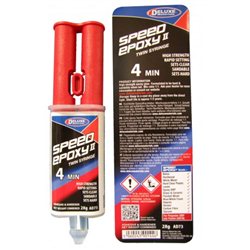7/0.2 wire is what railway modellers most commonly use for wiring auxiliary features to their layouts and to carry...
No products
Product successfully added to your shopping cart
There are 0 items in your cart. There is 1 item in your cart.
Search Tips
How can I create sandbags for a diorama?
Sandbags can be a very useful addition to a layout or diorama and can be relatively easy to achieve. Although it is possible to purchase aftermarket resin or plastic sandbags to enhance a kit, these items may not necessarily be the most appropriate scale for the model. Additionally, they may not be shaped or configured in such a way that would naturally lend itself to a layout or diorama.
Luckily, there is a quick and simple alternative available to modellers for them to create their own sandbags that are both scaled and shaped accordingly. Two-part epoxy is readily available from most hobby shops or hardware stores and lends itself well to creating sandbags. Simply mix the epoxy as per the manufacturer's guidance and then roll it into a long thin tube. This can then be gently flattened to create appropriately scaled contours for the sandbags. Whilst still pliable, the epoxy can be cut into suitable lengths using a hobby knife and given any final shaping tweaks as required.
An old toothbrush can be used at this stage to gently apply stippling effects to the sandbags once they are in place. Once dry, the sandbags can be painted as required. They also lend themselves well to other weathering effects such as washes and weathering powders to help develop depth and integrate the sandbags into the layout or diorama. Why not try this technique on your next project?
Click here to receive the tips weekly in your mailbox. You can unsubscribe at any time.








